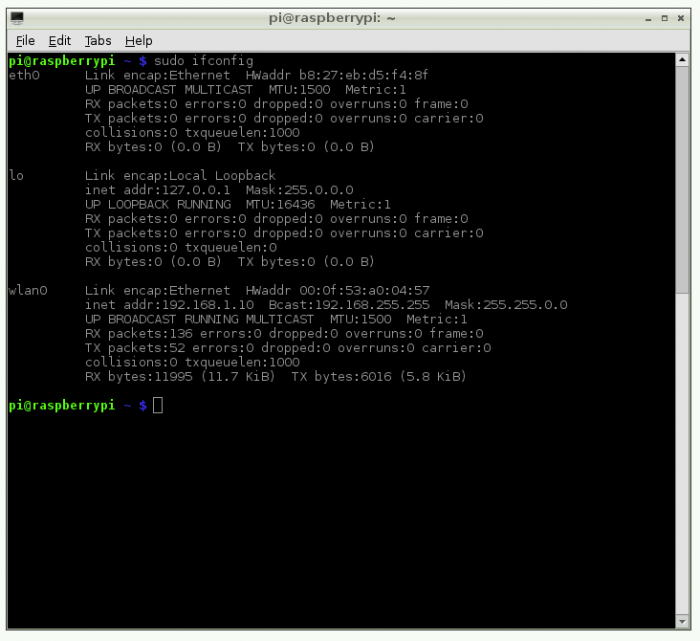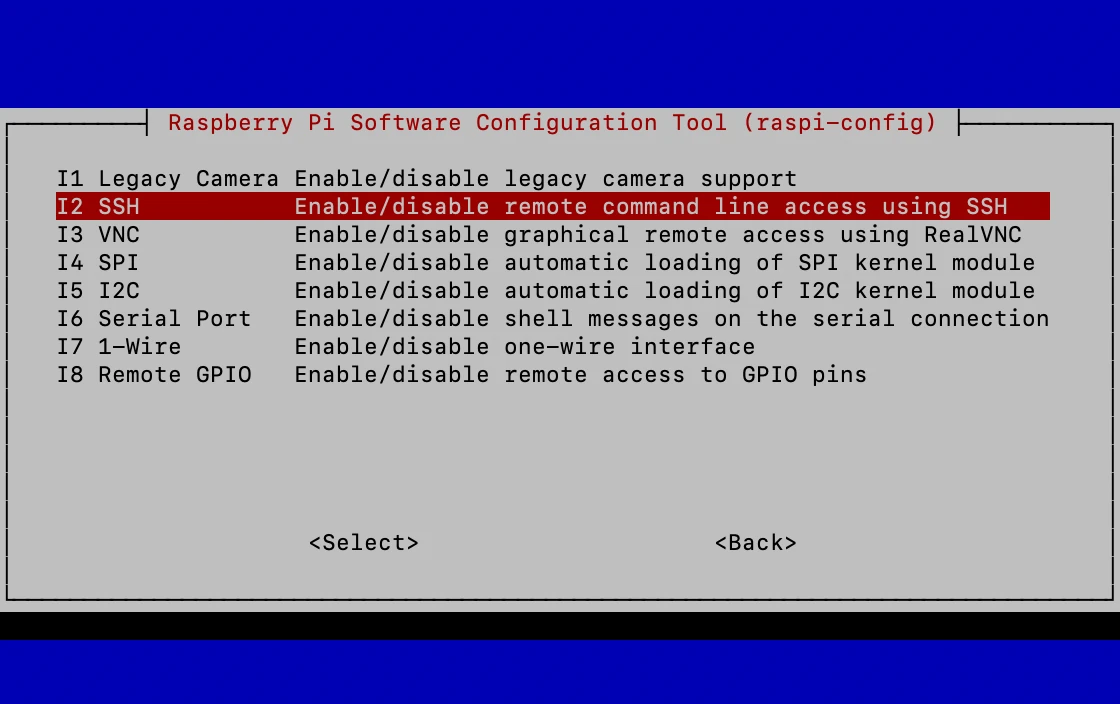Is remote access to your Raspberry Pi a skill you need to master? The answer, for tech enthusiasts, hobbyists, and professionals, is a resounding YES. Securing a connection from anywhere in the world is no longer a luxury, but a necessity in today's connected landscape.
In a world increasingly shaped by interconnected devices and the Internet of Things (IoT), the ability to remotely manage and control your technology is paramount. The Raspberry Pi, a compact and cost-effective single-board computer, has become a cornerstone for countless projects, from personal endeavors to professional applications. Utilizing tools like RemoteIoT download unlocks the true potential of the Raspberry Pi, providing users with the power to effortlessly manage their projects from afar.
This comprehensive guide delves deep into the world of remote access for your Raspberry Pi. We'll cover every facet of the process, from the initial setup of the necessary software to practical troubleshooting techniques. Our goal is to equip you with the knowledge and skills to create a seamless and secure remote access experience. Let's embark on this journey!
- Denzel Washingtons Grandchildren Inside The Stars Family Life
- Unveiling Katie Rost Her Life Career Impact Explained
Table of Contents
- Introduction to Raspberry Pi Remote Access
- Benefits of Remotely Accessing Raspberry Pi
- Tools and Software Required
- Setting Up RemoteIoT Download
- Securing Your Remote Connection
- Troubleshooting Common Issues
- Alternative Methods for Remote Access
- Raspberry Pi in IoT Applications
- Optimizing RemoteIoT Performance
- Future Trends in Remote Access
Introduction to Raspberry Pi Remote Access
Understanding the fundamentals of remotely accessing your Raspberry Pi is the initial step towards unlocking a powerful capability. The Raspberry Pi, celebrated for its flexibility and affordability, serves as an ideal foundation for a wide array of projects. These range from intricate IoT applications and immersive media centers to sophisticated home automation systems. The availability of tools such as RemoteIoT download provides users with a direct and efficient way to connect to their Raspberry Pi from any location globally.
Remote access empowers users to control and oversee their Raspberry Pi without needing to be physically present. This is especially advantageous for monitoring IoT devices, carrying out maintenance tasks, and diagnosing issues in real-time. By adhering to best practices and securing your connection, you can guarantee a dependable and effective remote setup. The implications are vast, allowing for continuous monitoring and control of your projects, irrespective of your location.
Why Choose RemoteIoT?
RemoteIoT distinguishes itself as one of the most user-friendly solutions for accessing a Raspberry Pi remotely. Its intuitive interface and comprehensive set of features make it a top choice for beginners and seasoned users alike. Key advantages of RemoteIoT include:
- Jim Cantores Girlfriend Inside Their Relationship Life Together
- Why Did Meghan Markle Leave Suits A Deep Dive
- An easy-to-follow installation process
- Robust security protocols for establishing secure connections
- Compatibility across a wide array of operating systems
- Support for various IoT devices, expanding its versatility
Benefits of Remotely Accessing Raspberry Pi
The advantages of remotely accessing your Raspberry Pi are numerous, especially when utilizing tools like RemoteIoT download. These benefits extend beyond simple convenience, offering increased productivity and efficiency in managing your projects. Remote access transforms how you interact with your Raspberry Pi, opening doors to new possibilities.
Increased Flexibility
The freedom to manage your Raspberry Pi from anywhere in the world is a significant advantage. This flexibility is particularly crucial for professionals who need to monitor and control IoT devices in real-time. Whether you are working from home, traveling for business, or simply on vacation, you remain connected to your projects without interruption. This ensures continuous operation and control, regardless of your physical location.
Cost-Effective Solution
Remote access eliminates the need for physical presence, significantly cutting down on travel costs and saving valuable time. In addition, solutions like RemoteIoT download frequently offer free or affordable pricing models, making them accessible to a broad spectrum of users. This financial efficiency combined with time savings makes remote access an incredibly compelling proposition.
Tools and Software Required
Before setting up remote access for your Raspberry Pi, its crucial to gather the necessary tools and software. This section provides a comprehensive overview of the essential components required for a successful setup. Preparing the right tools ensures a smooth and efficient configuration process.
Hardware Requirements
- Raspberry Pi (any model) Choose the model that best fits your project's needs.
- Power supply A reliable power source is essential for consistent operation.
- MicroSD card with Raspberry Pi OS installed This is the operating system that powers your Pi.
- Network connection (Wi-Fi or Ethernet) This enables remote access to your device.
Software Requirements
- Raspberry Pi OS The foundation for all your Raspberry Pi projects.
- RemoteIoT client The software that facilitates the remote connection.
- SSH client (optional) This allows secure command-line access (useful for advanced users).
Setting Up RemoteIoT Download
Setting up RemoteIoT download on your Raspberry Pi involves a series of straightforward steps. This guide provides a clear, concise path, enabling you to have your Raspberry Pi ready for remote access in a short amount of time.
Step 1
Begin by downloading the RemoteIoT client from the official website. Ensure that you select the exact version that is compatible with your Raspberry Pi OS. This step sets the stage for establishing your remote connection.
Step 2
After installing the RemoteIoT client, proceed to configure the necessary settings. This process includes setting up authentication credentials and enabling the features that support remote access. Proper configuration is key to securing and managing your connection.
Step 3
After completing the configuration, testing your connection is crucial to ensure everything is operating correctly. Utilize the RemoteIoT interface to confirm connectivity and perform basic operations. This will verify that your setup is successful and ready for use.
Securing Your Remote Connection
Security is a vital aspect of remotely accessing your Raspberry Pi. Without proper security measures, your device could be vulnerable to unauthorized access and cyberattacks. The following best practices will help you secure your remote connection and protect your data.
- Use strong, unique passwords A robust password is the first line of defense.
- Enable two-factor authentication This adds an extra layer of security.
- Regularly update software and firmware Security updates are crucial to fix vulnerabilities.
- Limit access to trusted IP addresses Restrict access to specific, authorized networks.
Troubleshooting Common Issues
Despite meticulous setup, issues can arise when remotely accessing your Raspberry Pi. This section addresses common problems and offers solutions, enabling you to quickly resolve them and maintain a reliable connection.
Connection Issues
If you're unable to establish a connection, it's essential to check the following:
- Network connectivity Verify that your Raspberry Pi has a stable internet connection.
- Firewall settings Ensure that your firewall settings allow traffic to your Raspberry Pi.
- RemoteIoT client configuration Double-check your client settings for accuracy.
Authentication Failures
Authentication issues may occur due to incorrect credentials or misconfigured settings. Make sure your login details are correct and that two-factor authentication is properly set up and functioning. This will ensure secure access to your device.
Alternative Methods for Remote Access
While RemoteIoT download is a popular choice, alternative methods offer flexibility and can be better suited for specific needs. Each alternative has its advantages, offering a range of options to fit various requirements. These alternative methods include:
- SSH (Secure Shell) This provides secure command-line access.
- VNC (Virtual Network Computing) Offers a graphical desktop environment.
- TeamViewer An established remote access solution.
Each of these methods has its own set of benefits and drawbacks, so it is crucial to select the one that fits your requirements best. Consider ease of use, security features, and the specific capabilities required for your project when making your choice.
Raspberry Pi in IoT Applications
The Raspberry Pi holds a crucial position in the realm of IoT applications, which is due to its versatility and affordability. By utilizing remote access tools like RemoteIoT download, users can readily manage their IoT devices and systems. This section will explore some of the most common IoT applications for the Raspberry Pi:
- Home automation systems For controlling lights, appliances, and other devices.
- Smart agriculture solutions Used for monitoring and managing agricultural processes.
- Industrial monitoring systems To monitor performance and detect issues in industrial environments.
Optimizing RemoteIoT Performance
To ensure optimal performance when using RemoteIoT download, take into consideration these tips:
- Use a stable internet connection A consistent connection is fundamental for reliable remote access.
- Optimize Raspberry Pi settings for remote access Tweaking settings can enhance performance.
- Regularly update RemoteIoT client Keeping the client updated is critical for smooth operation.
Future Trends in Remote Access
As technology continues to advance, remote access solutions like RemoteIoT download will become even more sophisticated. Future trends may include:
- Enhanced security features Such as advanced encryption and biometric authentication.
- Improved user interfaces More intuitive and user-friendly designs.
- Integration with AI and machine learning For automation and predictive maintenance.
Bio Data for Raspberry Pi Enthusiast
Here's a table outlining the information for a hypothetical Raspberry Pi enthusiast.
| Category | Details |
|---|---|
| Full Name | Alex Chen |
| Date of Birth | October 15, 1988 |
| Place of Birth | San Francisco, California, USA |
| Nationality | American |
| Education | B.S. in Computer Engineering, Stanford University |
| Career | IoT Developer, Freelance Consultant |
| Skills | Raspberry Pi, Python, Linux, Network Administration, IoT Device Integration, Remote Access Technologies |
| Professional Experience |
|
| Notable Projects |
|
| Hobbies and Interests |
|
| Website Reference | Raspberry Pi Foundation |
- Unveiling Joe Wilkinsons Wife A Look Into Their Life Together
- Iggy Azalea Sex Tape Controversy Privacy Impact

